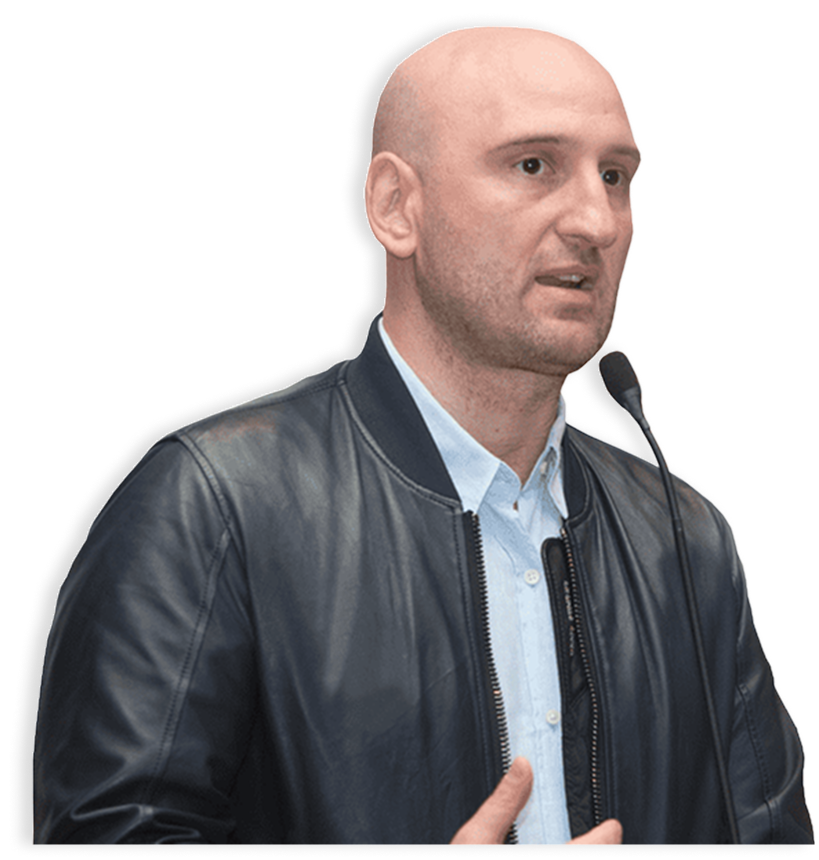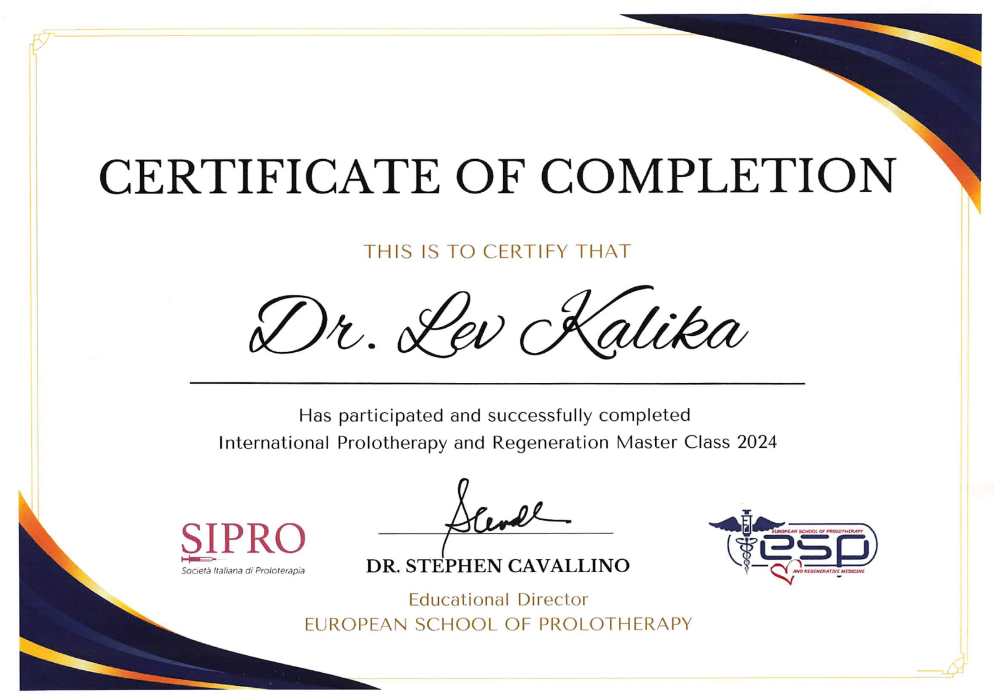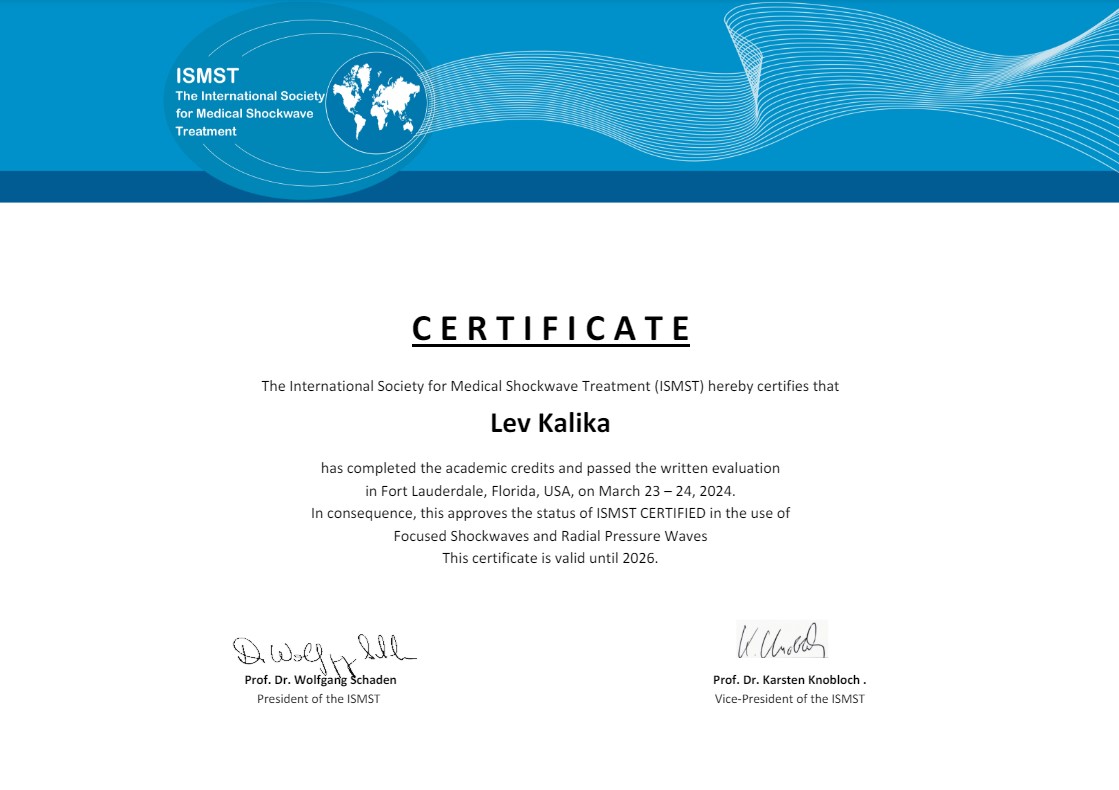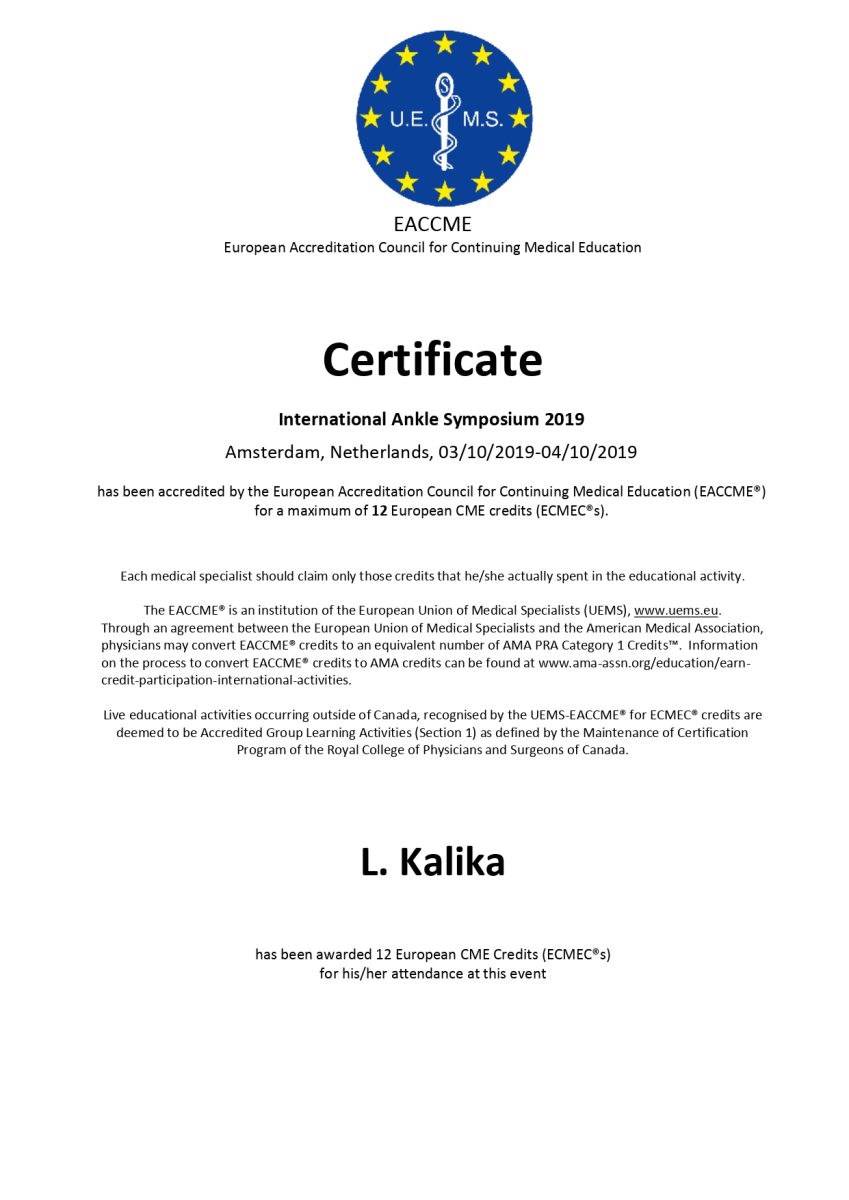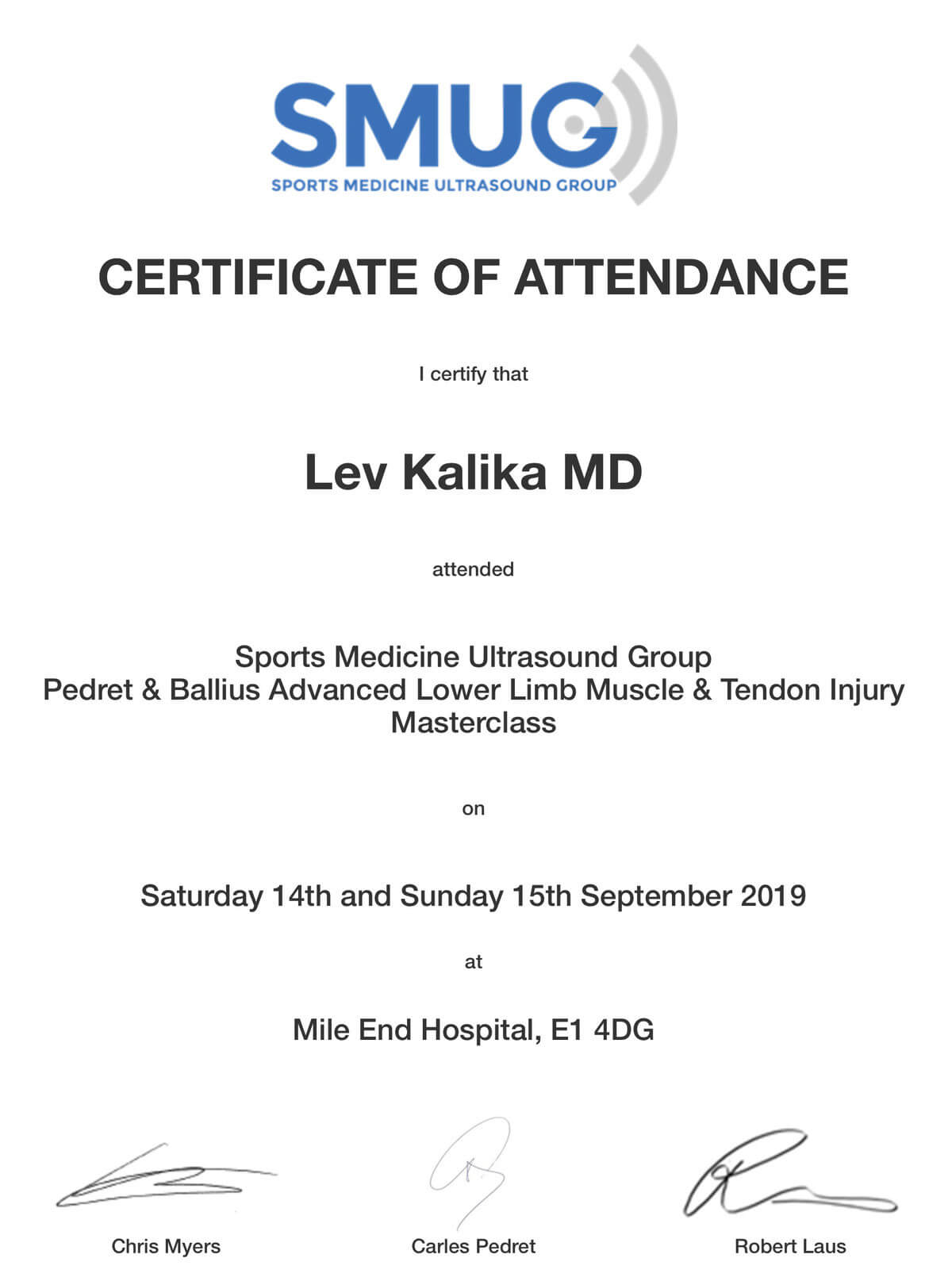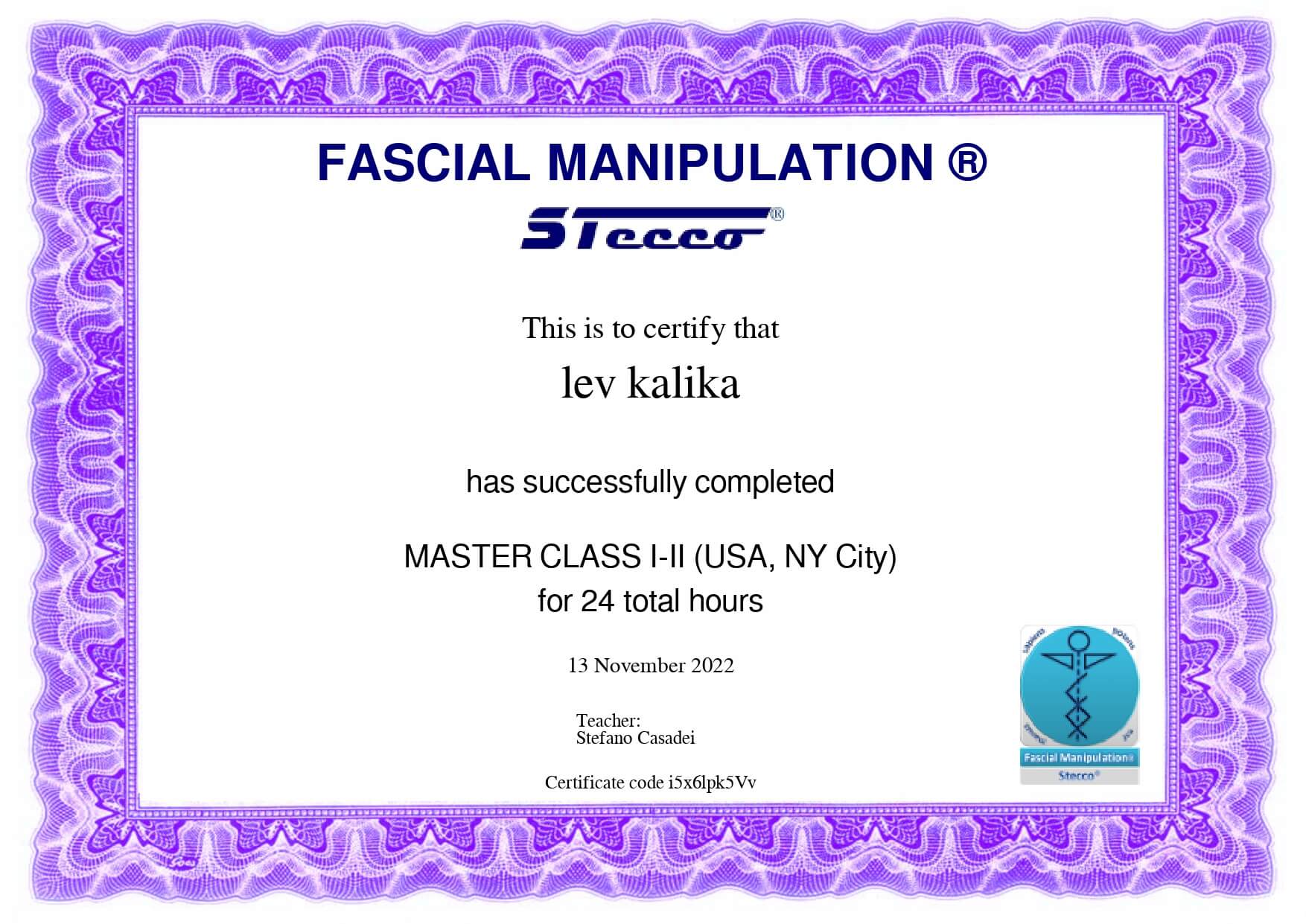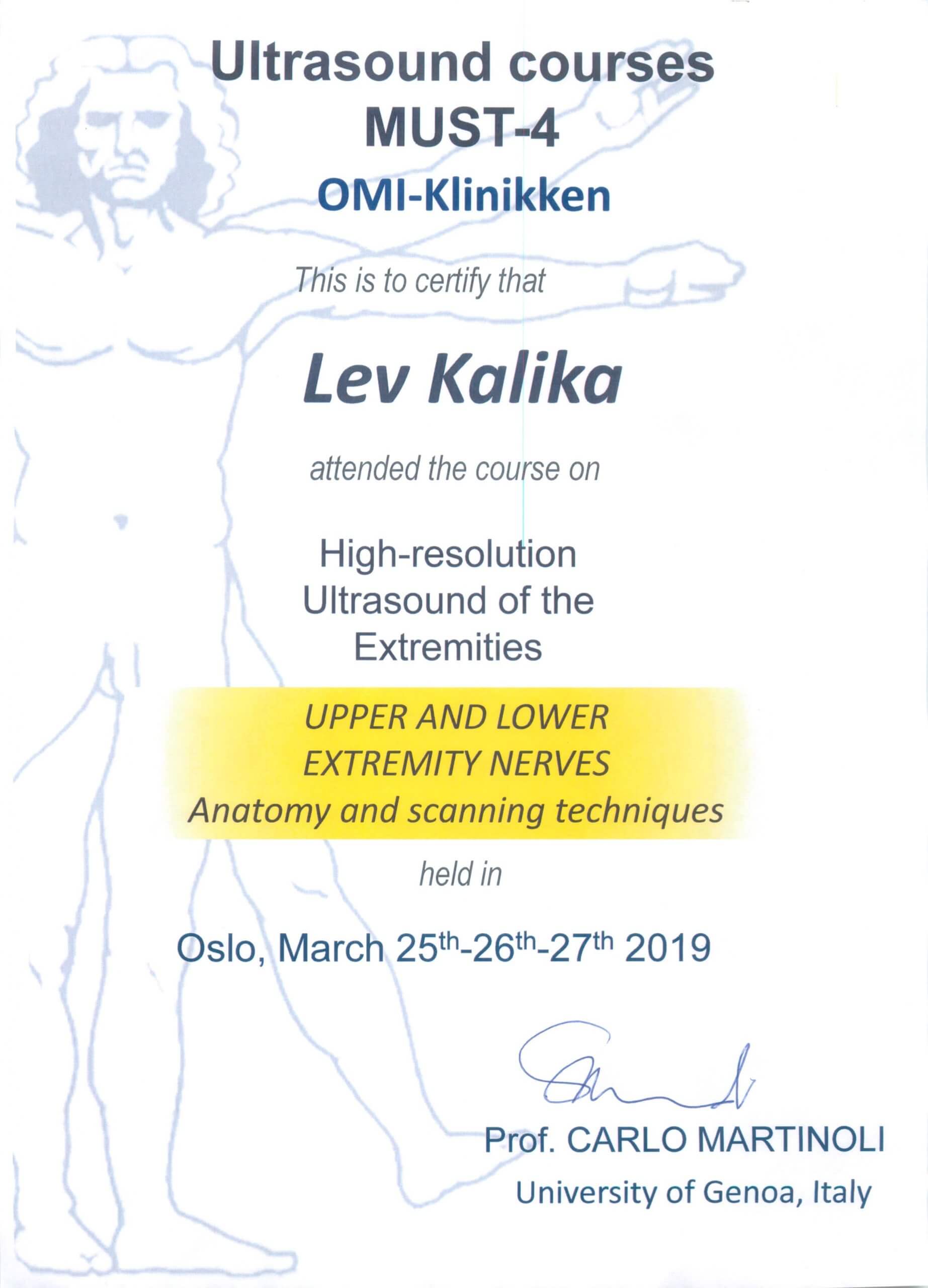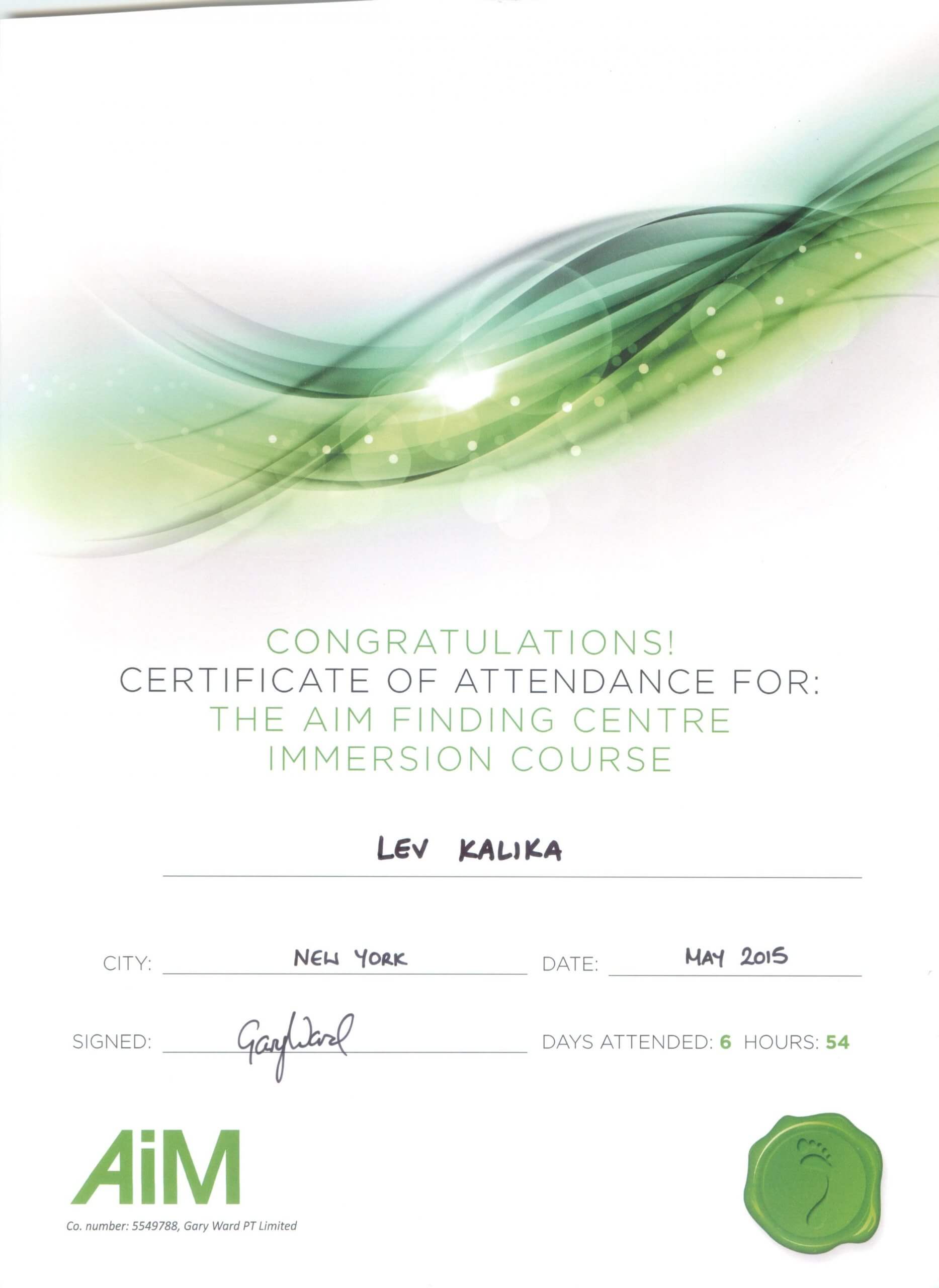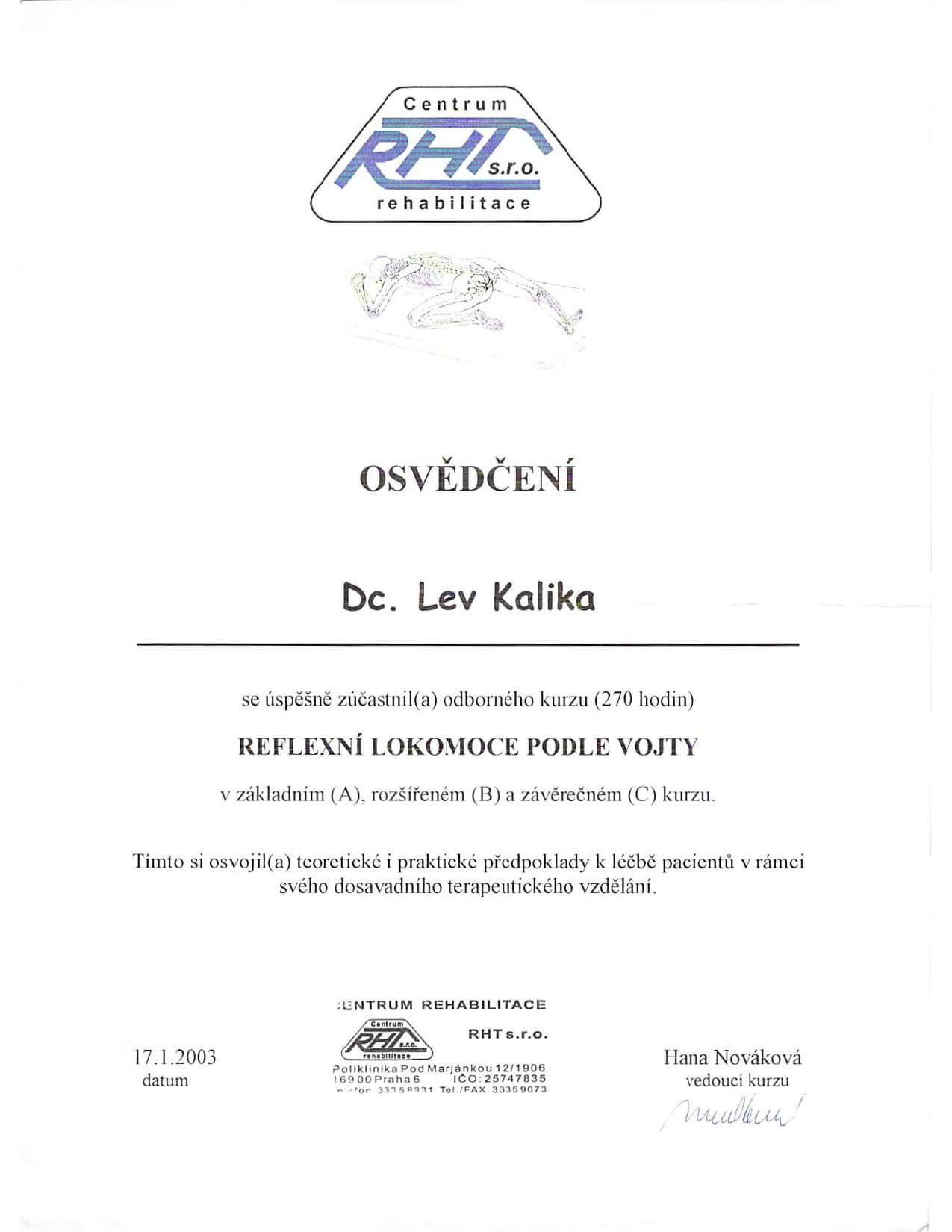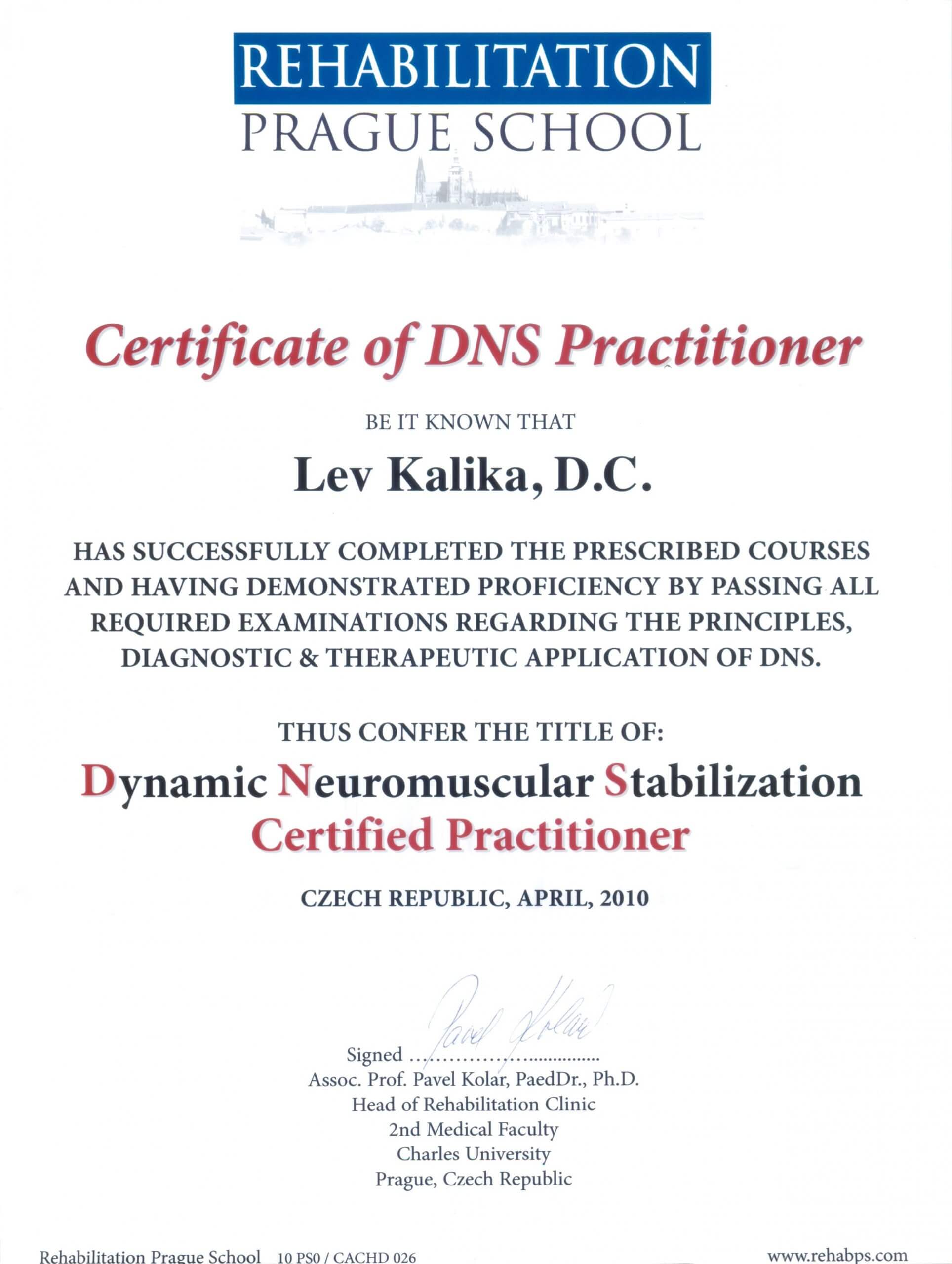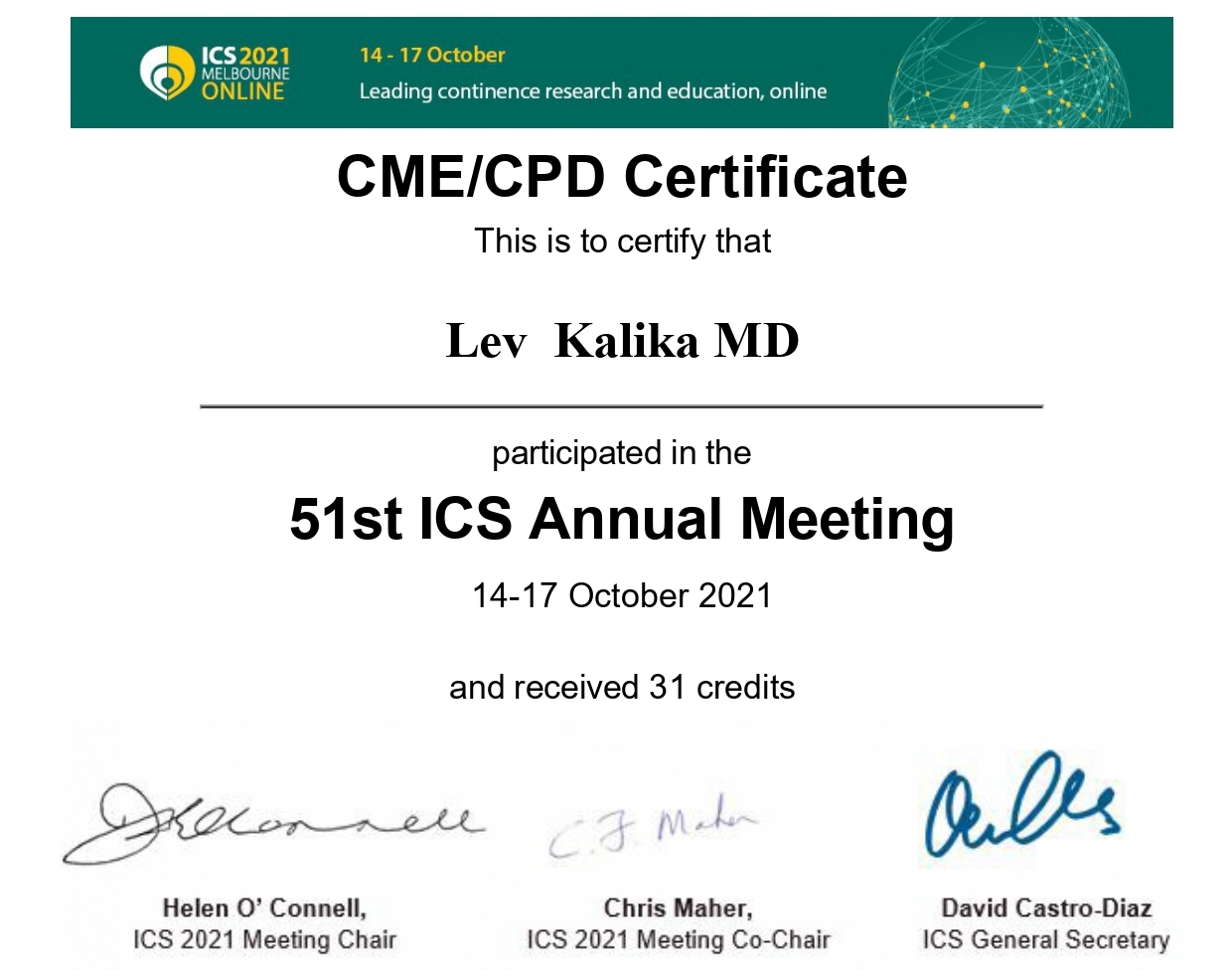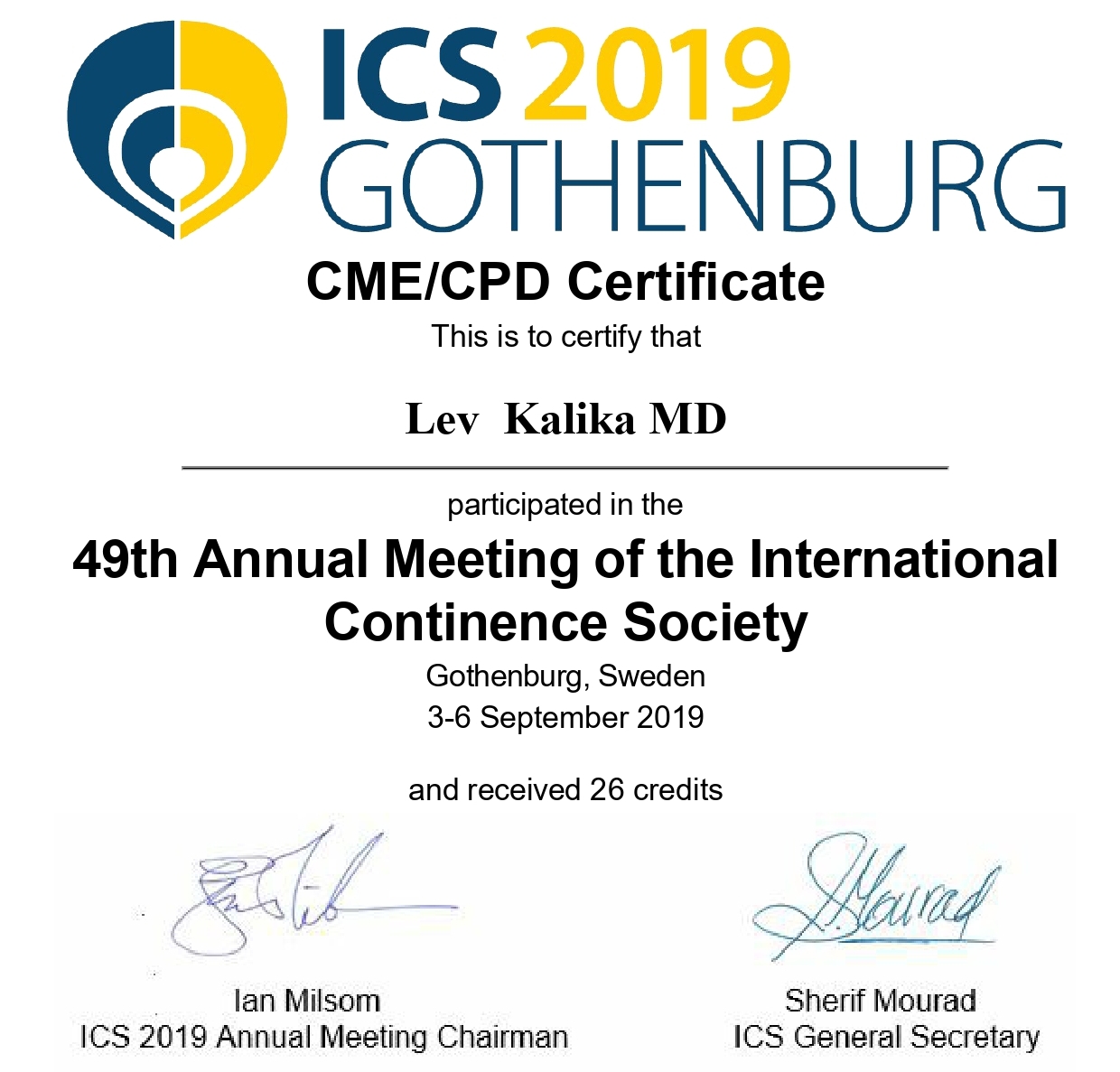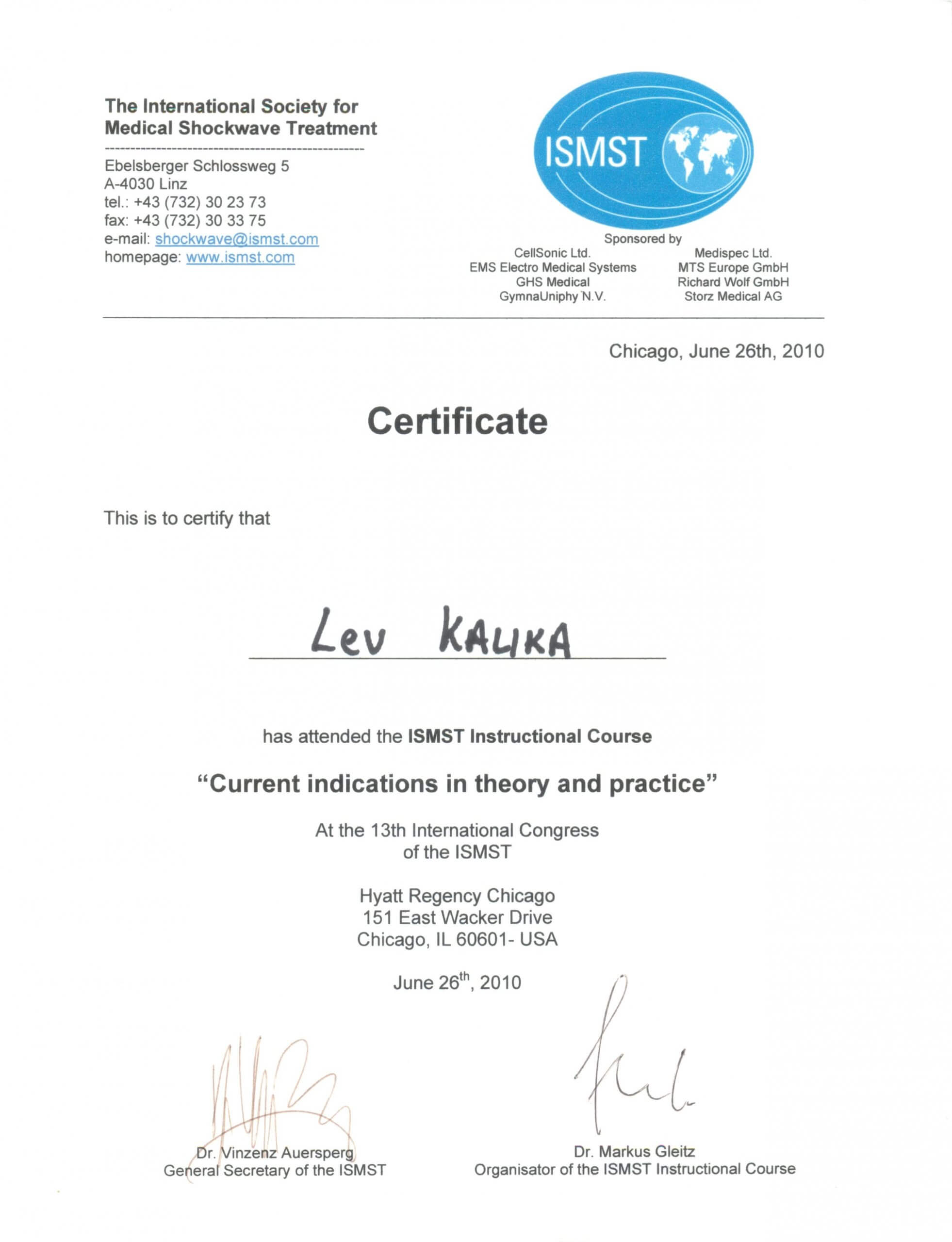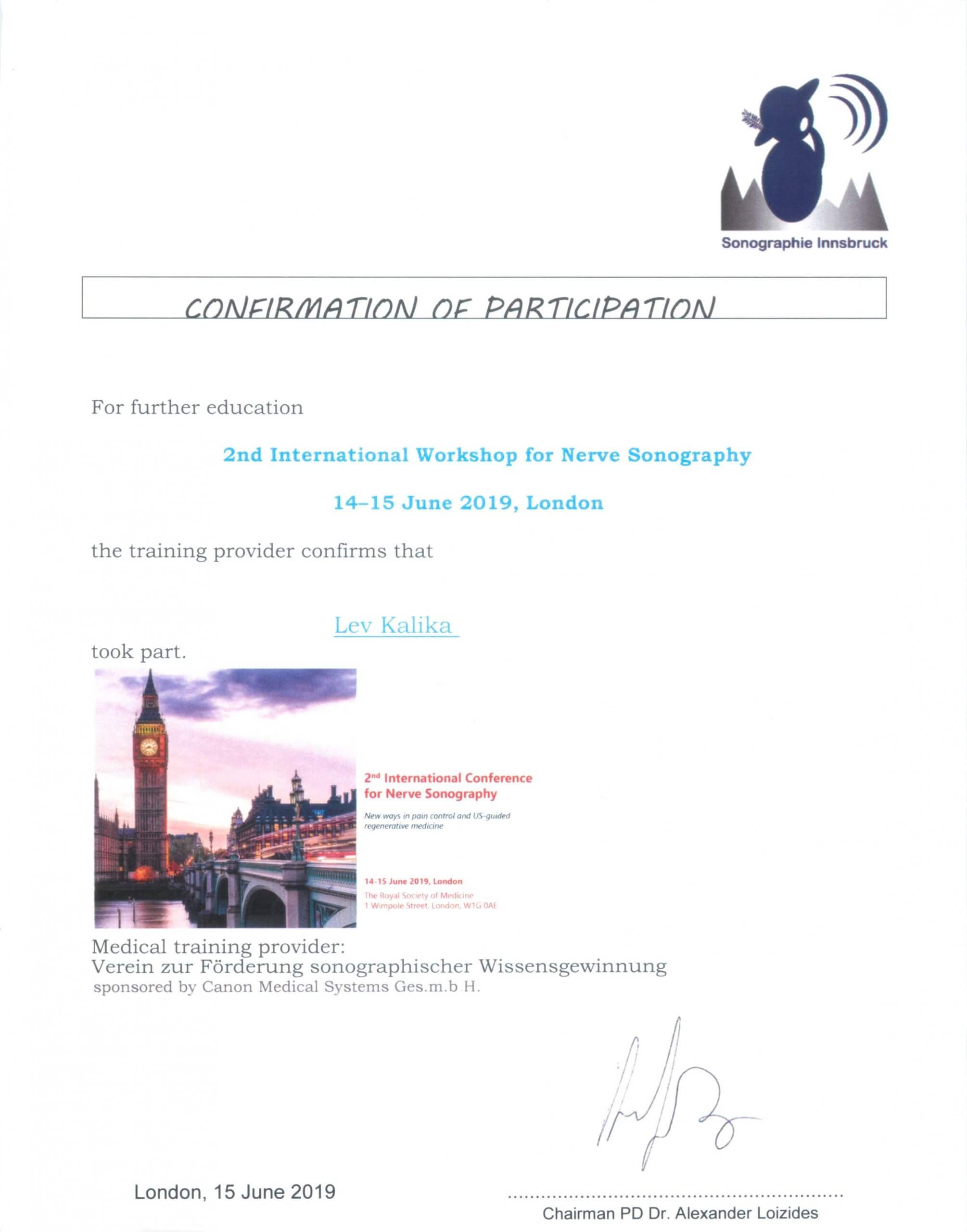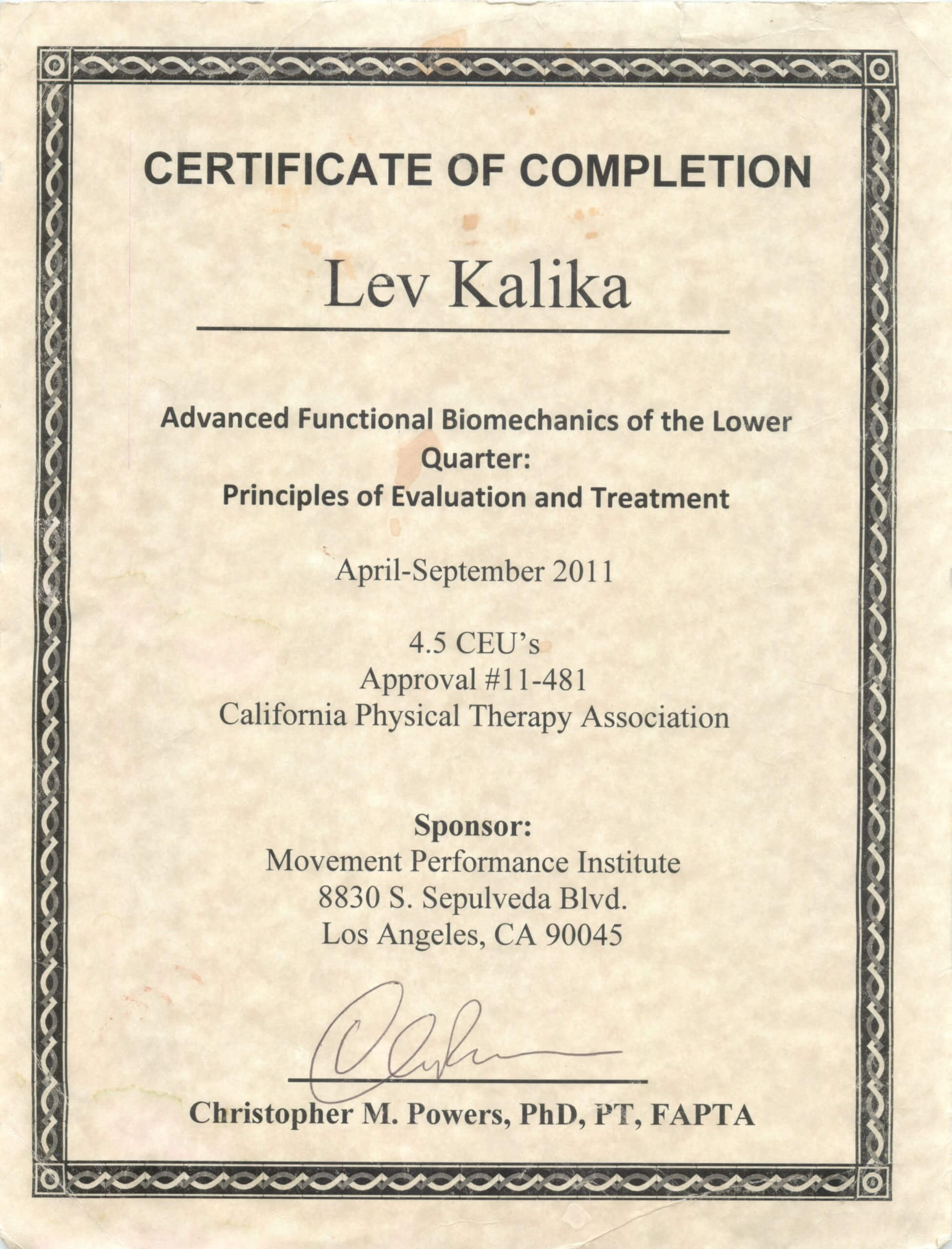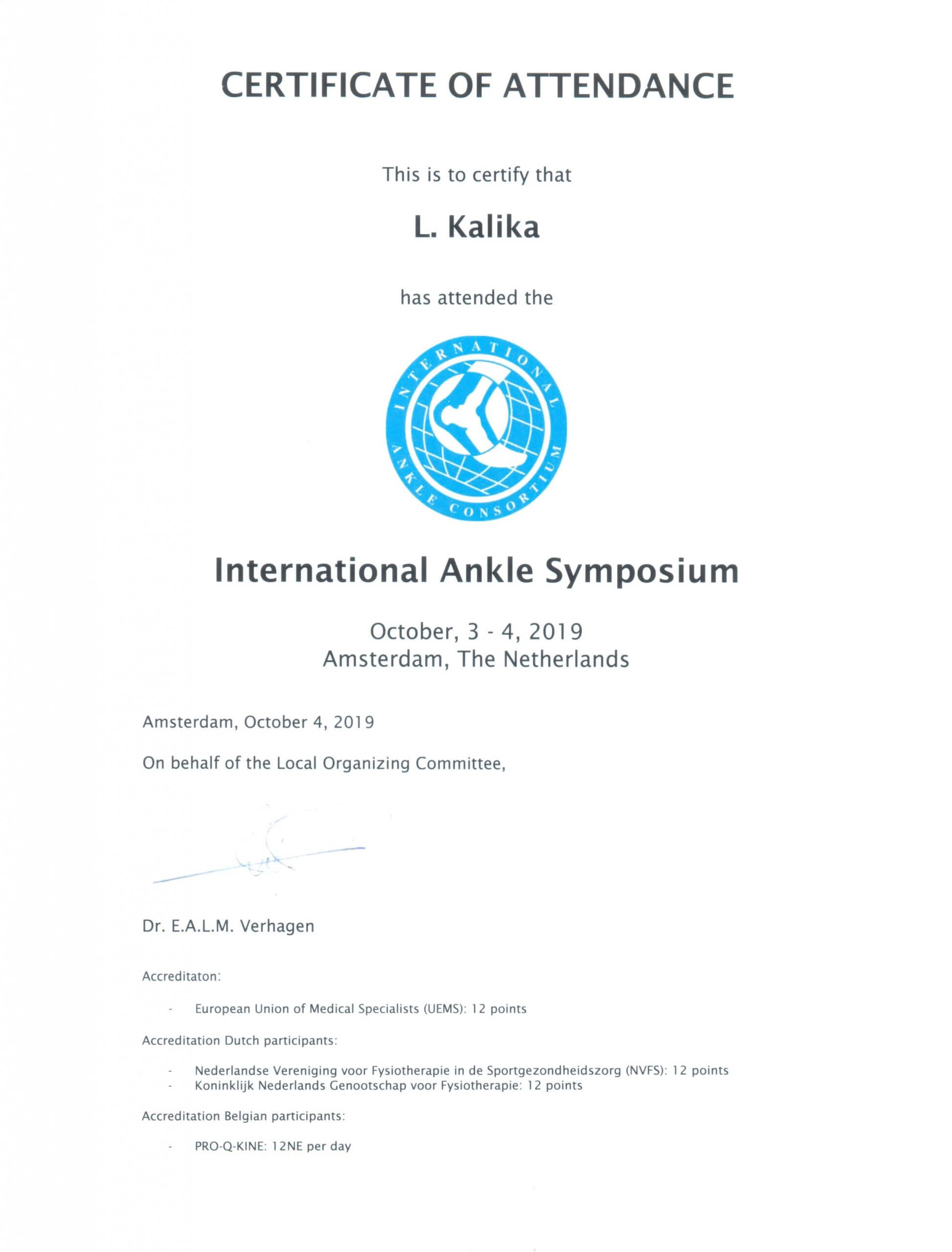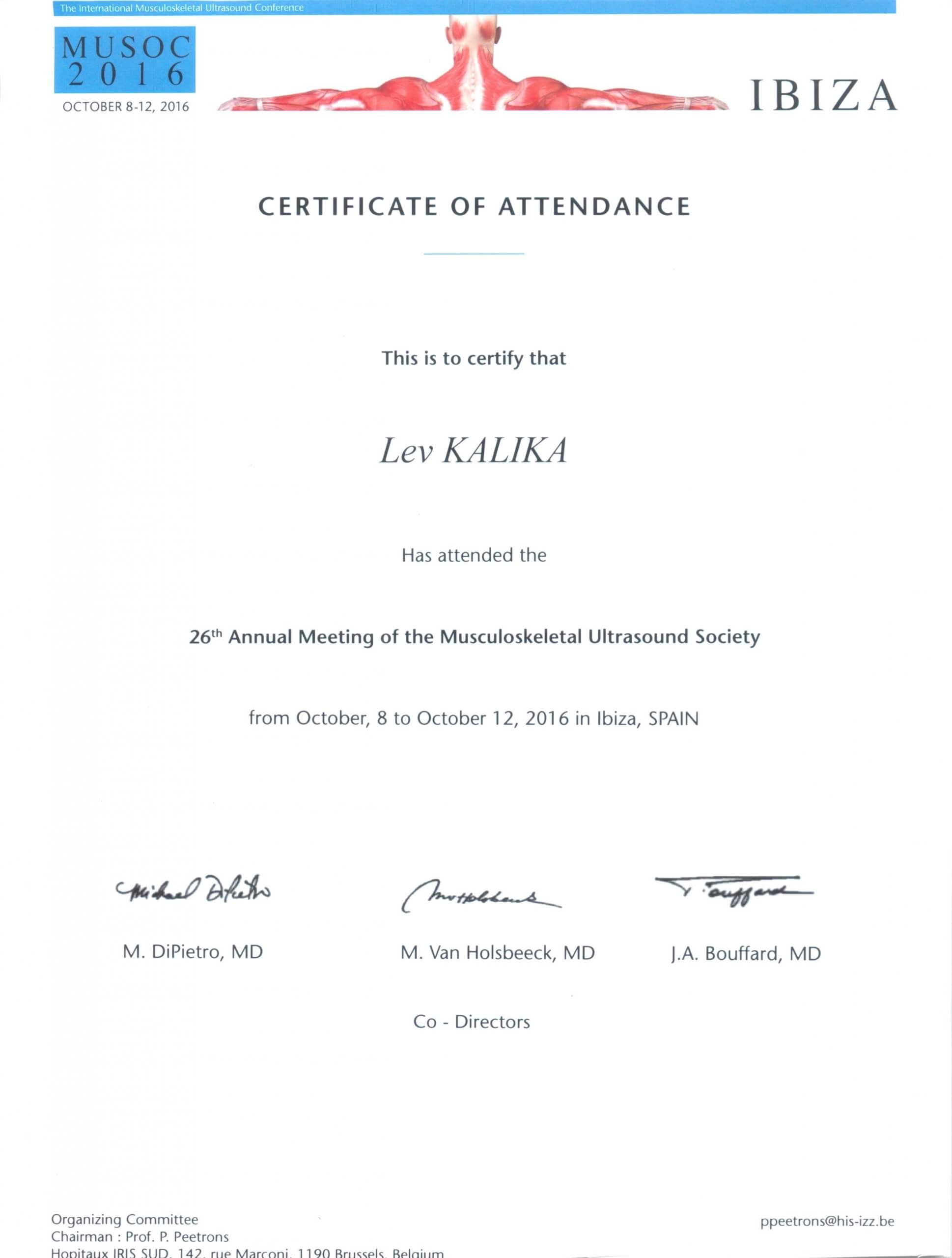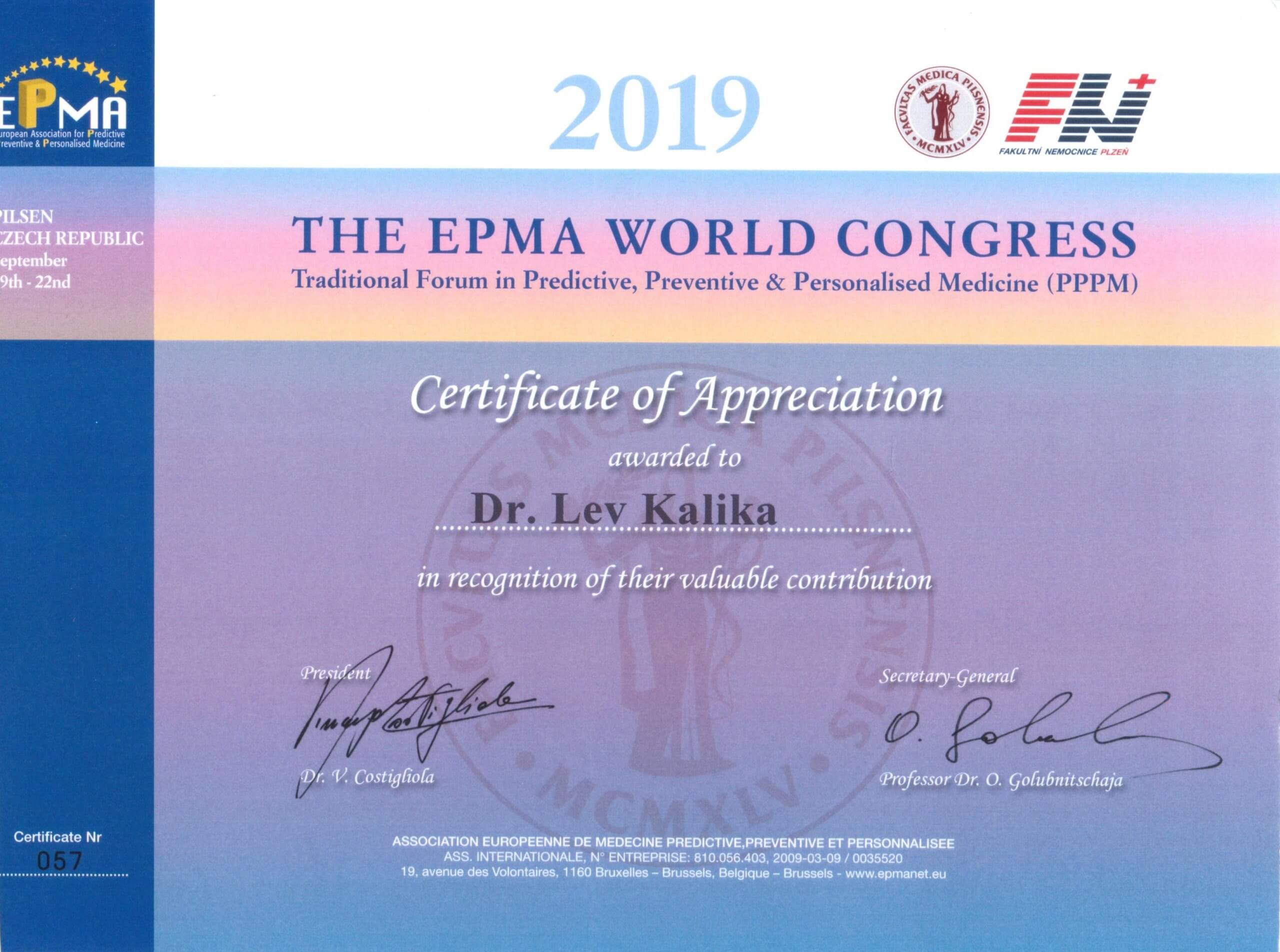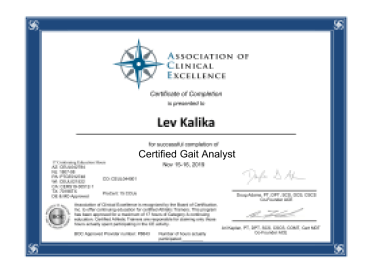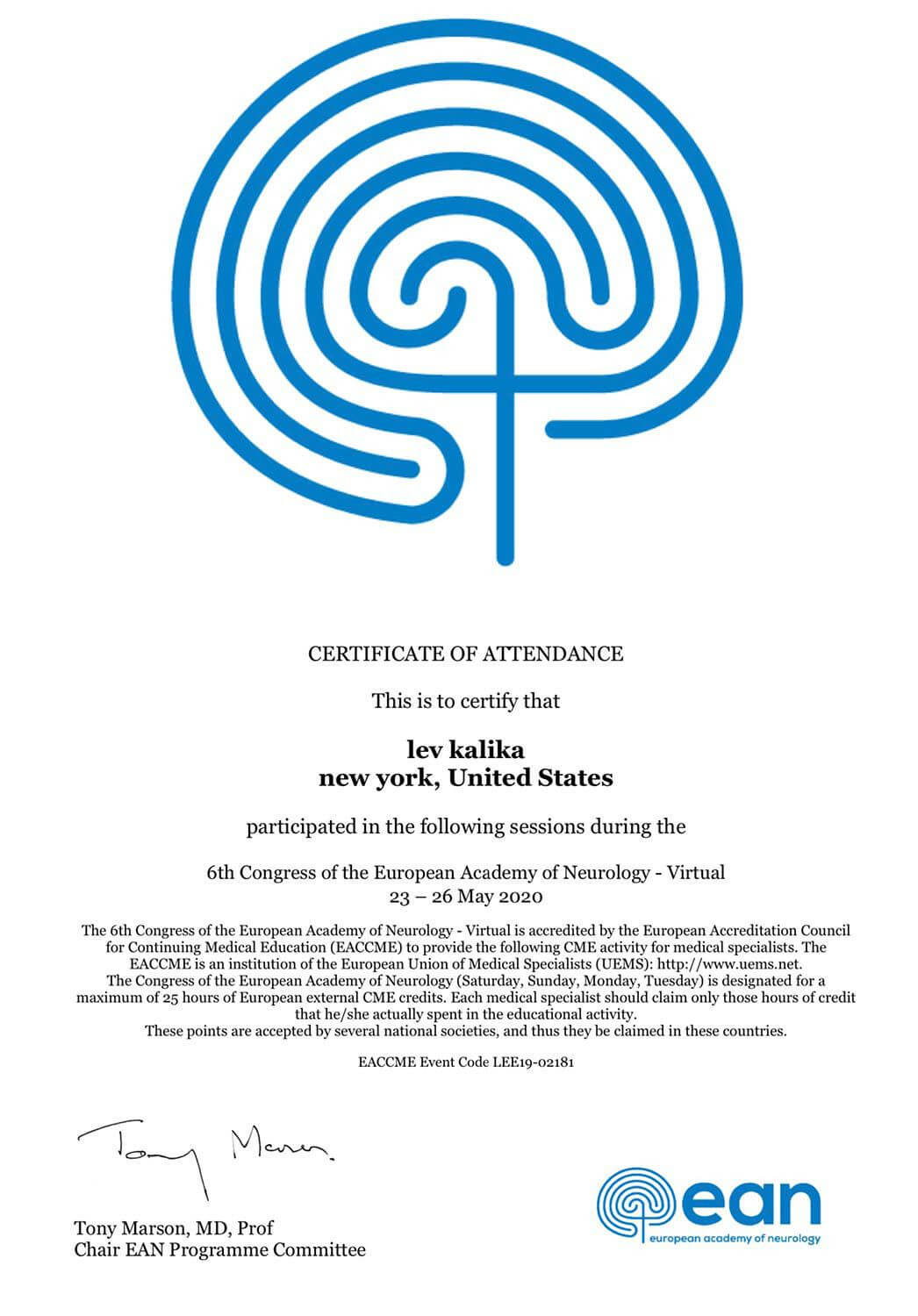Rethinking ACL Rehab and Return to Play from a Clinical Perspective
July 1, 2020
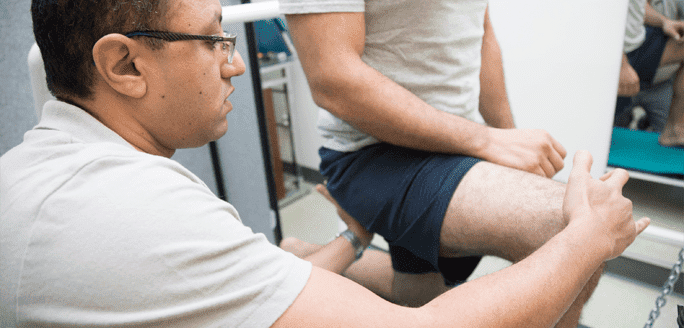
Do We Need to Change How We Treat ACL Tears in Athletes?
ACL rupture is an all-too-common athletic injury that physical therapists have been treating for decades. Yet the statistics surrounding return to play (RTP) after an ACL tear and surgical reconstruction are dismal, with only 55 percent of athletes returning to competitive sport after ACL surgery. Statistics for ACL tear treatment without surgery are similar. Of those who do return to play, one out of four will experience an ACL re-injury. Therapists often pride themselves on how quickly they put an athlete back into play, yet here again the statistics are grim, as the likelihood of re-injury enjoys an inverse relationship with treatment time.
Traditional protocols for evaluating an athlete’s RTP readiness typically revolve around time spent in recovery. Therapy is centered on rehabbing the knee as an isolated unit, and the decision to approve RTP is made by a single individual. In a recent podcast interview on Healthy, Wealthy and Smart, Belgian Sports Physical Therapist and University Researcher Bart Dingenen challenges traditional treatment and evaluation protocols for RTP, citing a number of deficiencies in traditional protocols.
Treat the Patient, Not the Knee
Because Dingenen is both a researcher and a clinical practitioner, he seeks to bridge the gap between the questions clinicians want answered and the type of research that is conducted. He insists that doctors, physical therapists and trainers need to take a more wholistic approach to ACL rehab by treating the athlete, not just the knee. He views the rehab process as a biopsychosocial continuum that demands a multifactorial approach to treatment and assessment.
Dingenen argues that, by failing to treat the whole person, we are setting them up for failure. Injured athletes often have psychological barriers to overcome, and are under social pressure to return to play, or to not return, depending on the source. Dingenen advocates criteria-based treatment that is evaluative over the course of recovery. He believes in a team approach to treatment, with the athlete at the center of decision making about treatment and RTP.
Train Smarter and Harder
Treatment that focuses primarily on knee function is deficient, according to Dingenen. He cites many shortcomings of traditional physical therapy for ACL tear, including:
● Rehab typically centers on isolated knee mechanics, yet the knee does not function as an isolated unit, particularly during sports. Sports movement is multidirectional and involves multiple simultaneous tasks, requiring the coordinated movement of multiple body segments.
● Rehab training is internally focused, conscious and relies on visual perception, leading to maladaptive changes in neurosensory processes in the brain. Sports play is externally focused and requires instinctual sensory responses that bypass conscious processing.
● Instructions in motor learning do not transfer to sport, and the rehab environment does not allow for sport-specific training that demands unconscious neuromotor responses in an open environment.
● Patients are underloaded during rehab, and training is geared to satisfying average performance demands that do not prepare athletes for real game situations.
● Decisions about RTP should not be made by one individual, but by a group of stakeholders, including doctors, therapists, trainers and others, with the athlete at the center of decision making.
Defining Success
Dingenen believes that goal-setting is key to optimal recovery from ACL reconstruction. He advocates a sport-specific training protocol that demands gradual increases in workload as recovery progresses. Involving the athlete in the training process and in setting short term goals places responsibility on the athlete to keep moving ahead, providing motivation to satisfy goal criteria and ascend to the next level of recovery.
Communication is Key
Finally, Dingenen emphasizes the importance of open communication among all stakeholders, again with the athlete at the center. The athlete should not be getting mixed messages about what is expected of them, or about their perceived level of readiness to return to play. Taking an athlete-centered team approach to treatment and arriving at consensus about protocol and RTP places the athlete in the optimal position for full recovery and RTP.



